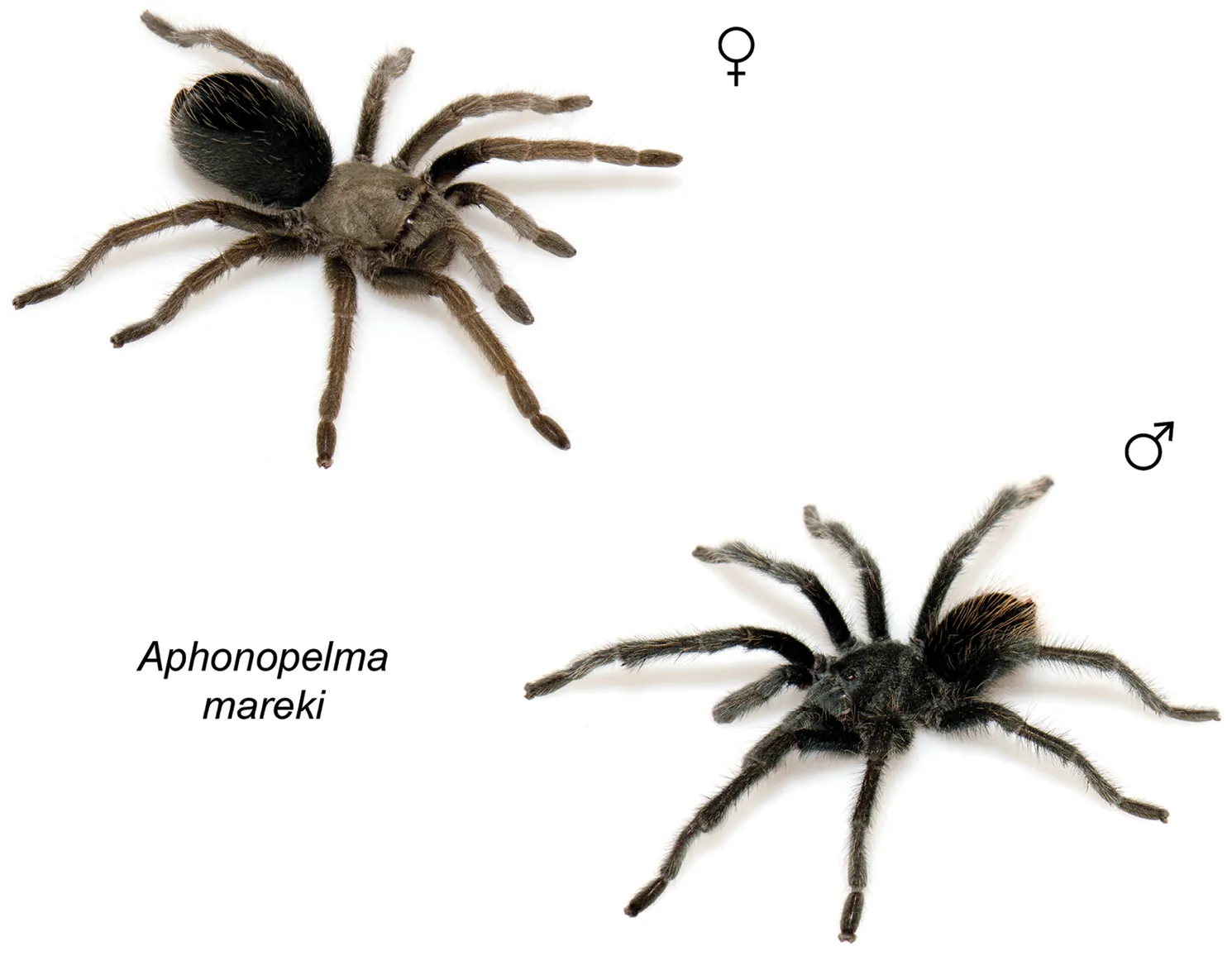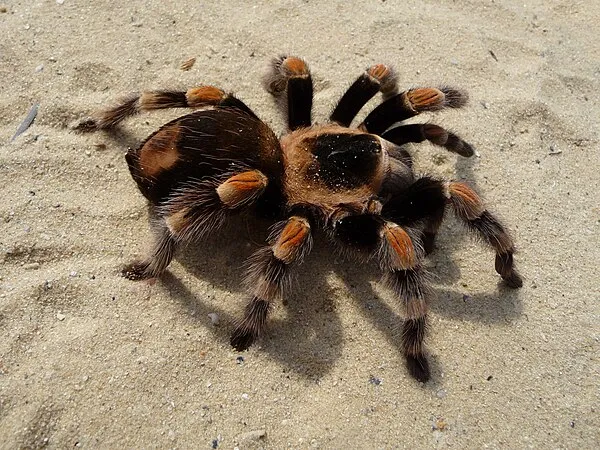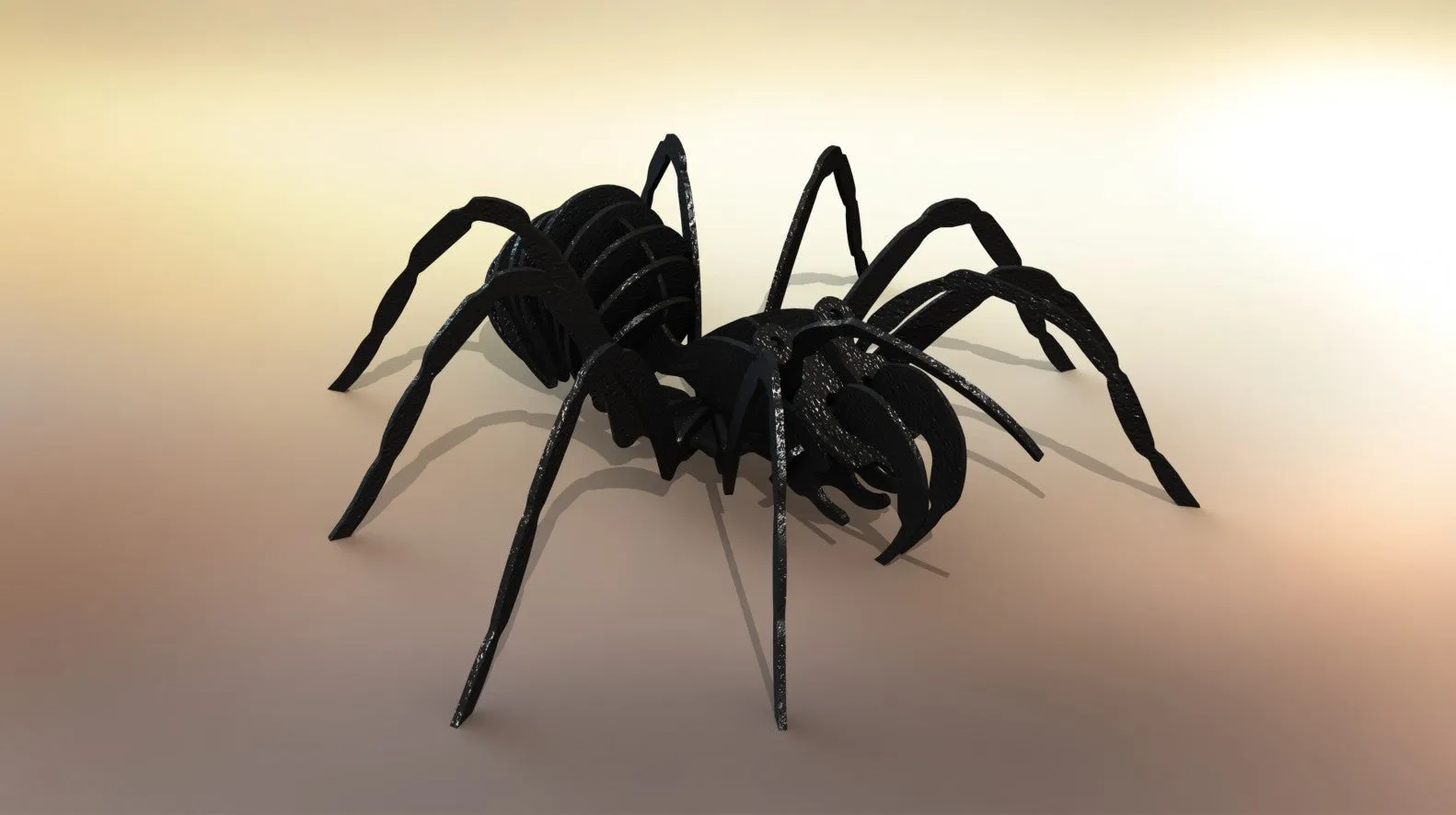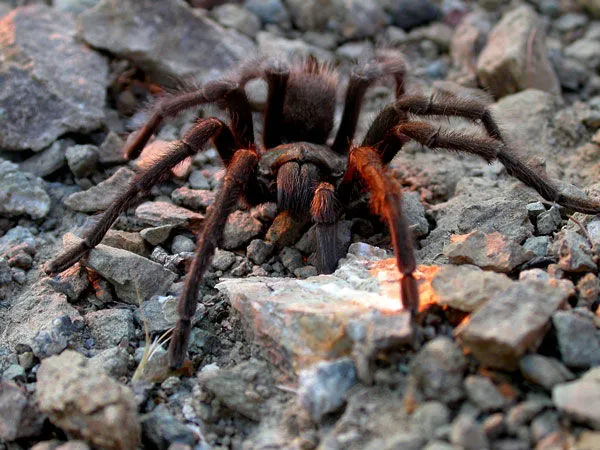What is a Tarantula (عنکبوت) in Urdu
A tarantula, in Urdu, is referred to as a عنکبوت (pronounced ‘Ankaboot’). These fascinating creatures belong to the Theraphosidae family, and they are large, hairy spiders known for their impressive size and diverse appearances. Native to tropical and subtropical regions around the globe, tarantulas have captured the interest of many people, including those in Urdu-speaking communities. Understanding the basics of these spiders is the first step towards appreciating their unique characteristics and behaviors. They are not insects; they are arachnids, a classification that sets them apart from other common creatures like insects and worms. Their unique features have allowed them to survive for millions of years.
Understanding the Basics of Tarantulas
Tarantulas are arthropods, invertebrates with an exoskeleton. They differ greatly in size, with some species having a leg span of less than an inch, while others can span over 10 inches. Their bodies are divided into two main parts the cephalothorax (fused head and thorax) and the abdomen. They possess eight legs, spinnerets for producing silk, and chelicerae, which are appendages that are used for various functions such as grasping prey, and injecting venom. Despite their often intimidating appearance, most tarantula species are not considered to be highly dangerous to humans, although their bite can be painful. They play a crucial role in their ecosystems, helping to control populations of insects and other small animals. Their adaptability makes them fascinating creatures to study.
Tarantula Habitats

Tarantulas are found in a variety of habitats, including deserts, grasslands, rainforests, and even mountainous regions. The type of environment a tarantula lives in greatly impacts its physical characteristics and behavior. Burrowing tarantulas, for example, dig underground homes, while arboreal species live in trees. Some tarantulas are terrestrial, spending their lives on the ground. These spiders are often nocturnal, becoming active at night to hunt for prey. Their camouflage and ability to blend in with their surroundings are crucial for both hunting and avoiding predators. Habitat preservation is key to their survival, as deforestation and habitat loss threaten many tarantula populations. Understanding the habitat is essential for successful care.
The Physical Characteristics of a Tarantula
Tarantulas are immediately recognizable because of their size and the hairy appearance. They vary greatly in color, from earthy browns and blacks to vibrant blues and reds. Their bodies are divided into the cephalothorax and the abdomen, as previously stated, with the cephalothorax housing the spider’s head and legs. The abdomen contains vital organs such as the heart, digestive system, and reproductive organs. They possess eight legs, and the tips of these legs are covered with tiny claws, which enable them to climb and grip surfaces. The chelicerae, located near the mouth, are used for delivering venom to subdue prey. These characteristics serve a wide variety of functions that make them efficient predators, suited for the habitats where they survive.
Tarantula Behavior
Tarantulas exhibit a range of interesting behaviors, including hunting, mating, and defense mechanisms. They are primarily ambush predators, patiently waiting for prey to come within striking distance. Their venom paralyzes the prey, making it easier to consume. Mating rituals can be complex, with males using elaborate displays to attract females. After mating, the female lays eggs, which are protected in an egg sac. Tarantulas also have defense mechanisms, such as flicking urticating hairs (small hairs) from their abdomen as a defense against predators. Understanding these behavioral aspects is essential to appreciating tarantulas.
Top 5 Facts About Tarantulas in Urdu

Fact 1 Common Myths Debunked
One common myth is that all tarantulas are deadly to humans. While their bites can be painful, they are rarely fatal. Another myth is that tarantulas are aggressive. In most cases, they are more likely to flee than attack. Moreover, the idea that tarantulas are always large and dangerous is not true, as some species are quite small and relatively docile. Addressing these misconceptions is crucial for promoting a more accurate understanding of these spiders and reducing unwarranted fear.
Fact 2 Tarantula Diet and Feeding
Tarantulas are carnivores and feed primarily on insects, such as crickets, mealworms, and cockroaches. Larger species can also eat small vertebrates, including mice and lizards. They use their fangs to inject venom, which paralyzes the prey, making it easier to consume. They may not eat every day; feeding frequency depends on the tarantula’s size and age. They will eat less frequently as they approach a molt. Proper diet is essential to their health and growth. The diet is crucial for maintaining the tarantula’s health, ensuring it gets all the necessary nutrients for growth and survival.
Fact 3 Tarantula Lifespan and Life Cycle

Tarantulas have varying lifespans. Females tend to live much longer than males, with some females living for over 20 years. Males typically live for only a few years after reaching maturity. They go through a process called molting, where they shed their exoskeleton to grow. The life cycle involves eggs, spiderlings, and then adults. Molting is a vulnerable time for tarantulas, and they often hide during this process. Environmental factors, such as temperature and humidity, also play a key role in their lifecycle. They have a remarkable ability to regenerate lost limbs during molting.
Fact 4 Tarantula and Human Interaction
Interactions with tarantulas can range from simple observation to owning them as pets. Many people keep tarantulas as pets because of their relatively low maintenance. They require a habitat with specific temperature and humidity levels. Handling tarantulas should be done with care, as their bites can be painful, and their urticating hairs can cause skin irritation. It is very important to research thoroughly if you want to keep one as a pet. Education about tarantulas can help to reduce fear and promote respect for these creatures. Always wash your hands after handling.
Fact 5 Tarantula Conservation Status
Many tarantula species face threats, including habitat loss, deforestation, and the pet trade. Some species are listed as vulnerable or endangered due to these pressures. Conservation efforts include protecting their natural habitats, regulating the pet trade, and educating people about the importance of tarantulas in ecosystems. By supporting conservation organizations and responsible pet ownership, we can help protect tarantulas for future generations. There are numerous global conservation efforts underway.
Taking Care of a Tarantula in Urdu

Caring for a tarantula involves providing a suitable habitat, proper feeding, and regular maintenance. A secure enclosure is essential, with the right substrate to burrow, appropriate temperature, and humidity levels. The specific needs vary depending on the species of tarantula. Regular feeding with appropriate insect-based diets, providing fresh water, and removing any waste or molted exoskeletons are necessary. Researching the particular needs of the specific species is important, as their requirements can vary.
Creating a Suitable Tarantula Habitat
A suitable habitat should mimic their natural environment. The enclosure must be the appropriate size for the species. The substrate should be appropriate for burrowing, such as coconut fiber or peat moss. The temperature and humidity levels need to be carefully regulated with heating pads, thermometers, and hygrometers. Providing water, hiding places, and appropriate ventilation is crucial for maintaining a healthy environment. The enclosure should be properly ventilated and escape-proof.
Tarantula Diet
A varied diet is necessary. Insects should be the primary food source, and the size of the prey should be appropriate for the tarantula’s size. Overfeeding can be detrimental, and the frequency of feeding should be adjusted based on the tarantula’s age and growth. Fresh water should always be available. Supplementing the diet with calcium and vitamins can be considered, but it’s important to research the needs of the specific tarantula species. Proper diet is essential for their growth.
Health and Common Diseases

Tarantulas can suffer from health issues, such as mites, fungal infections, and dehydration. Regular observation can help to identify any potential health problems early. Maintaining the cleanliness of the enclosure and proper hygiene are important for preventing diseases. A veterinarian specialized in exotic animals can help when health issues arise. Prevention, through careful monitoring, proper habitat, and diet, is vital.
